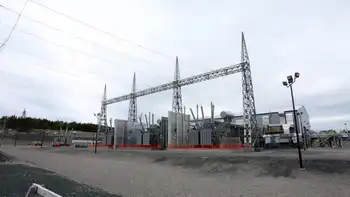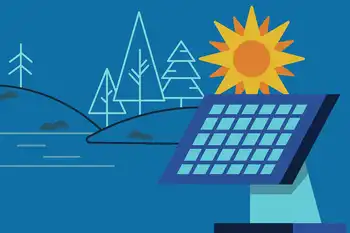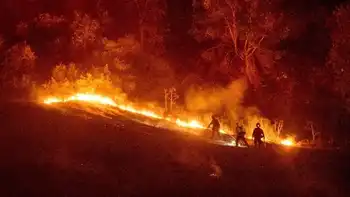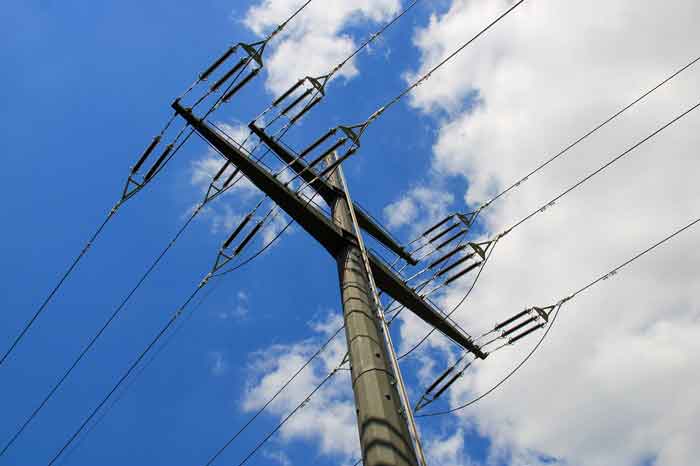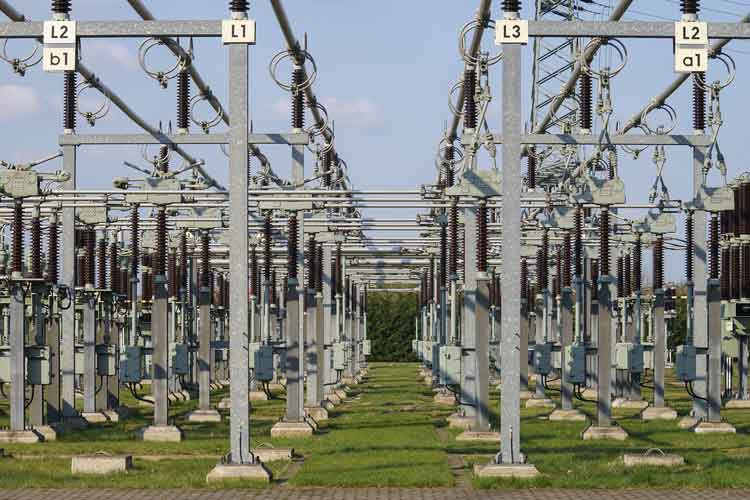Former FERC chairman to lead FPL regulatory team
By Business Wire
CSA Z462 Arc Flash Training - Electrical Safety Essentials
Our customized live online or in‑person group training can be delivered to your staff at your location.

- Live Online
- 6 hours Instructor-led
- Group Training Available
A longtime public servant, Kelliher comes to FPL Group uniquely qualified for the role, having served on the Federal Energy Regulatory Commission for more than five years, including more than three years as its chairman. Combined with his years of service in policy roles at the U.S. Department of Energy and U.S. Congress, KelliherÂ’s two decades of federal experience provide him with deep knowledge of the federal regulatory system.
Kelliher will report to FPL Group Chairman and CEO Lewis Hay, III.
“Federal regulatory issues are increasingly complex and affect the company in new ways as we have grown to encompass energy operations in 27 states. As America’s most forward-looking energy company, we feel an obligation to provide leadership and a strong point of view to the shaping of federal energy policy while also demonstrating our commitment to compliance and strong governance. There are few who can match the breadth and depth of knowledge and experience that Joe will bring to this role,” Hay said.
“FPL Group is a recognized leader in a dynamic industry. I am excited to join the senior management of this superb organization and to help exercise leadership on national energy and environmental policy at this critical juncture in the history of the industry and the country,” Kelliher said.
As Chairman of the Federal Energy Regulatory Commission from July 2005 to January 2009, Kelliher presided over a period of tremendous activity at the agency that included enhanced enforcement of FERC rules and policy initiatives to strengthen the power grid, prohibit market manipulation of electric and gas markets and reduce gas price volatility.
Kelliher restructured the agency, establishing two new offices: an Office of Enforcement dedicated to the enforcement of FERC requirements and market oversight and investigations and the Office of Electric Reliability to review and improve reliability standards.
Prior to FERC, Kelliher served as a senior policy advisor for electricity and other domestic issues at the U.S. Department of Energy; majority counsel on electricity, nuclear waste, hydropower, energy conservation and DOE management for the U.S. House Committee on Commerce; and legislative programs director for the American Nuclear Energy Council.
Kelliher is a graduate of Georgetown UniversityÂ’s School of Foreign Service and received his juris doctorate, magna cum laude, from The American UniversityÂ’s Washington College of Law.






